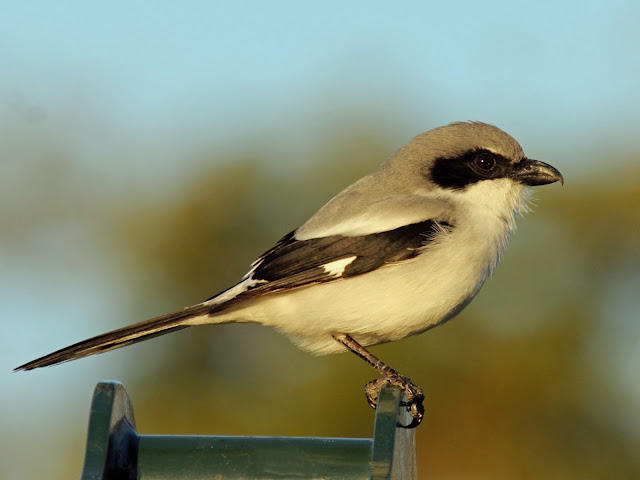Parrots can have many different types of eye problems; this article will describe some of the real threats to your Parrots.
A) Conjunctivitis - Is caused by a bacterial infection in the lungs associated with environmental factors (dust, drafty housing, and irritating fumes), nutritional deficiencies (vitamin A is often cited, although no specific experimental evidence support this view) or trauma and can be associated to ulcerative keratitis. Conjunctivitis is fairly easy to notice with a crusting of the eyes normally accompanied by red a swollen tissue beginning at the eye lid. An avian vet would diagnose and would normally treat this condition using antibiotics.
B) Avian Pox - A viral infection often having similar symptoms of Conjunctivitis although it is common to be accompanied by swollen, blistering formations on the eye lid.
C) Marek's Disease - Is in a group of herpes viruses and most deadly although a vaccine (Zovirax, normally used for chicken pox in Humans)can be helpful to eliminate the spread of Marek's disease it is usually too late to save the infected bird. There are 4 types of Marek's (Cutaneous (skin form), Neural (nerve form),Visceral (internal-organ form),and the Ocular (Eye form). The Visceral (internal Organ Form) type is most commonly found in chickens, but can spread very quickly to other birds(Parrots). This Disease is normally spread through dander and close contact.
D) Uveitis - Is the inflammation of the eye and can be an indicator of much more serious internal problems. Trauma, penetrating injury, systemic disease, autoimmune condition, and mycosis, bacterial or viral disorders are causes of uveitis in birds.
E) Cataracts -Several causes for cataracts including poor diet (low vitamin e) this has also been associated with long term exposure to artificial light, senescence, trauma, developmental abnormalities, genetic disorders, nutritional deficiency, radiation, UV radiation and inflammatory factors. The good news is an operation to remove the cataracts known as Lensectomy by needle discision and aspiration, and conventional extra capsular extraction or ultrasonic phacoemulsification can be successful in birds.
F) Glaucoma - Glaucoma has rarely been reported in birds. Identification of glaucoma in most bird species is problematic because of the small size of their eyes, making even the use of testing equipment with small tips difficult or impossible when glaucoma is found, it is usually due to trauma and resulting iatrogenic associated with cataract surgery
G) Corneal degeneration - In pet birds, crystal deposition in the corneal stoma is reported as the second most frequent ocular disorder in pet birds.










